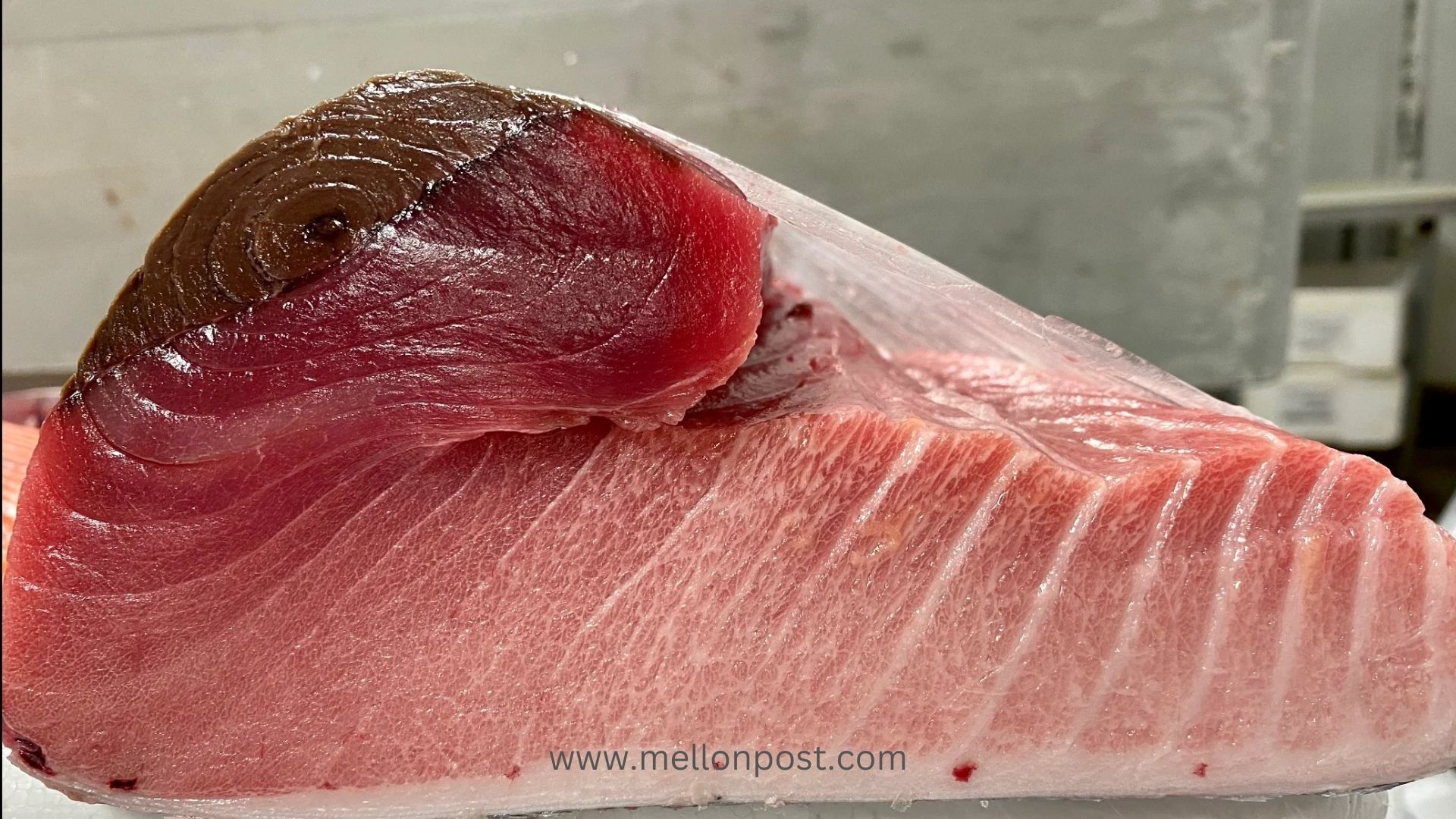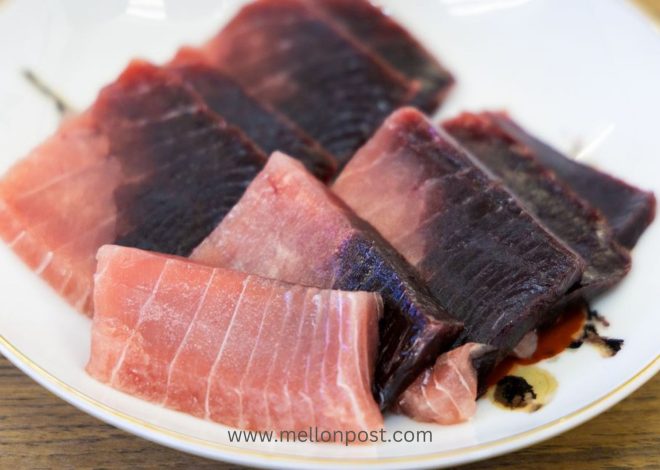
Why Dark Tuna Meat Has Less Commercially Value
Why Dark Tuna Meat Has Less Commercially Value Than Light Meat
The lower commercial value of dark meat in tuna compared to light meat can be attributed to several factors, including consumer preferences, nutritional perceptions, and technological challenges in processing.
Here’s a detailed overview based on the search results:
1. Consumer Preferences
Aesthetic Appeal: Light meat is often perceived as more desirable due to its paler colour and milder flavour. Many consumers prefer the taste and texture of light meat, which has led to a market bias favouring it over dark meat. This preference is reflected in the way products are marketed and sold in stores, where light meat is more prominently featured.
2. Nutritional Misconceptions
Perceived Quality: There is a common perception that lighter meats are healthier or of higher quality. Although dark meat contains higher levels of certain nutrients, such as heme iron and omega-3 fatty acids, these benefits are often overshadowed by the prevailing belief that lighter meats are superior. This misconception contributes to the lower demand for dark meat in the market.
3. Technological Challenges
Processing Difficulties: Dark meat has a higher fat content and is more susceptible to lipid oxidation, which can lead to faster spoilage and deterioration during storage and processing.
The presence of myoglobin and other heme proteins in dark muscle can also complicate industrial processing, making it harder to produce high-quality products from this type of meat. As a result, it is often relegated to by-product status rather than being utilized in premium products like canned tuna or high-end fillets.
4. Market Dynamics
By-Product Status: Dark muscle is frequently considered a by-product in the tuna industry. It is often used for lower-value products or processed into animal feed rather than being marketed as a standalone food product. This classification limits its commercial viability and further entrenches its status as less desirable.
5. Culinary Applications
Limited Use in Popular Dishes: Dark meat from tuna is not commonly used in popular culinary applications, such as sushi or sashimi, where lighter cuts are preferred. This limited usage further reduces its market demand and value.
Conclusion
The lower commercial value of dark meat in the tuna industry stems from a combination of consumer preferences, nutritional misconceptions, processing challenges, and market dynamics that favour lighter cuts.
While dark meat has significant nutritional benefits and culinary potential, these factors contribute to its underutilization in the market. Addressing these perceptions and exploring innovative culinary applications could help enhance the value of dark tuna meat in the future.
Continue reading: 8 Inflammatory Foods To Avoid


